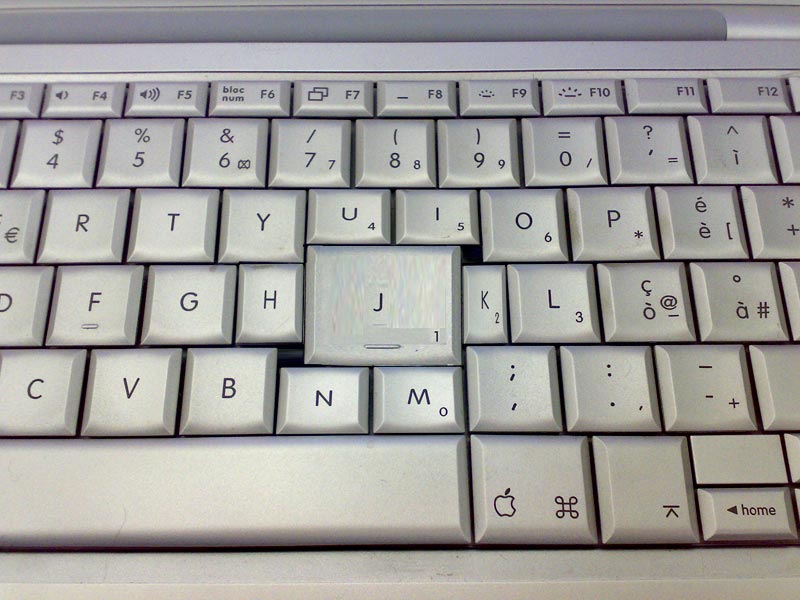Is QWERTY write for you?
Some of us are good at using the 10 finger system and type in a rapid mode, faster than a blink of an eye. Others use just two fingers, hesitating after inserting characters to search for the position of the next character. It’s an object that you use every day, and enables us to reflect our emotions to the computer – the keyboard. The current standard keyboard layout originates from the typewriter. Typewriters were a great help for fast writing but their mechanics were rather fragile. When pressing a key, the dedicated type bar moved and stamped the character on the paper. Unfortunately, when two neighbouring keys were pressed, the type bars tended to jam. To avoid this, one could either type slower, meaning less efficient work, or avoid type bars next to each other that are often pressed. Time is money, so the implementation of the second option formed our now known keyboard layout. Christopher Sholes analysed which characters statistically occur together often and placed them as far as possible from each other. Remington first of all produced typewriters in this style and provided training for typists as an additional sales strategy. Today this layout remains in its basic form as the most widespread layout for Latin letters, the QWERTY or QWERTZ layout. Dependent on the country specific special characters it may vary a bit, e.g. the layout used in Germany includes umlauts AE, UE and OE. The QWERTY layout is not the most efficient but has been the standard for so long.
However, there are more efficient layouts that may be introduced soon enough. There have been alternative layouts since the age of the typewriter but none of them were able to succeed against the good established layout. However attempts are ongoing to develop a layout driven by ergonomics. An ergonomic layout needs to provide several things. First, right and left hand should be equally used to avoid strain in one hand. The most frequently used characters should be ordered on one line to lessen the strain on fingers and muscles and avoid rapid exhaustion through too much motion. Right and left hand should be used in turn.
The DVORAK layout, invented by August Dvorak in 1930, applied the ergonomic principle and placed the most frequently used letters in the English language on one line. Whereas Dvorak based his layout on time and motion studies to choose the ergonomically best one, none of the several conducted studies could show a clear advantage in typing speed compared to the QWERTY layout. In the end it seems to be a matter of training. An expert typist memorizes the position of the keys and does not rely on the layout.

The DVORAK keyboard layout. Photo: Wikimedia Commons
Virtual keyboards, such as those used on phones or tablets, have different requirements. Memory of the layout is not all that is essential for a high typing speed, and tactile feedback is crucial, providing information about the location of the fingers and when a key is pressed. A lot of users switch back to a one finger interaction while using a touch screen interface or thumbs. Considering this new arrangement, characters often typed together should be placed near each other to limit the time it takes to press the next character.
A new layout has been developed, the KALQ, specifically for those who like to type with their thumbs. The arrangement of the letters is split up into two fields, one placed on the right side and one placed to the left side. It has been developed be researchers of the Max Planck Institute and is free to try out. For iPad-like devices, you could experience a greatly increased typing speed. Go ahead, try it out and bring your new knowledge about keyboard layouts into action.
The KALQ kayboard layout.

Comments